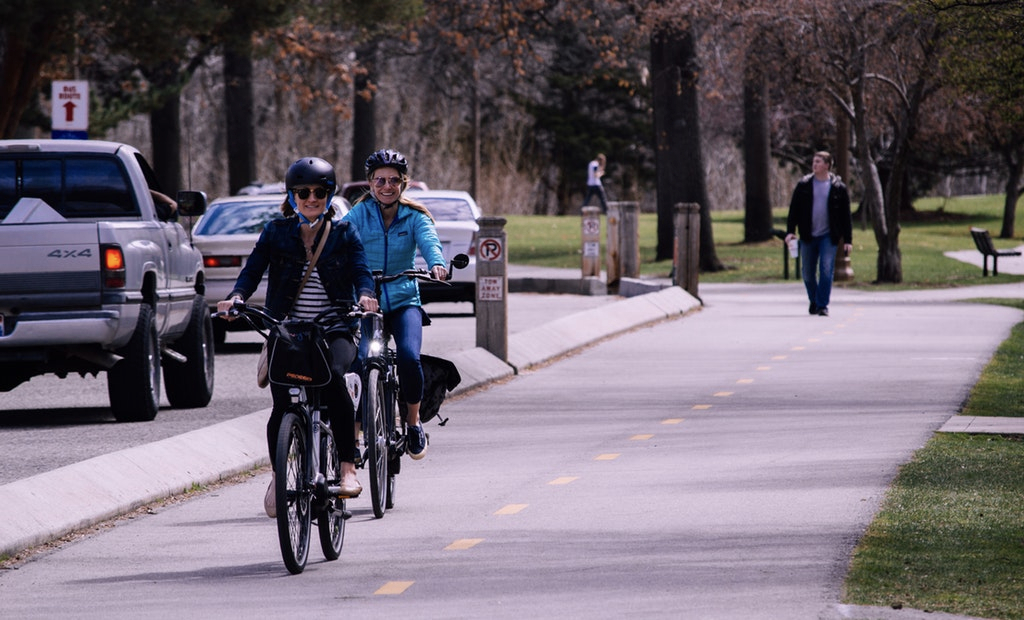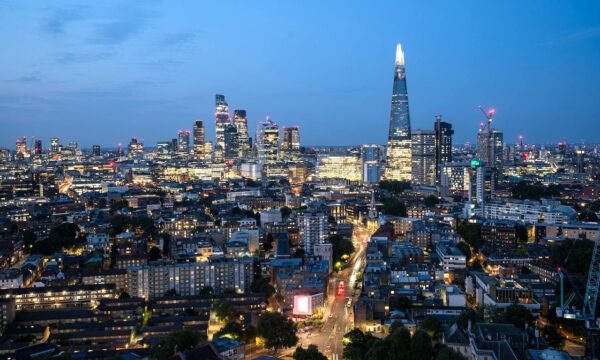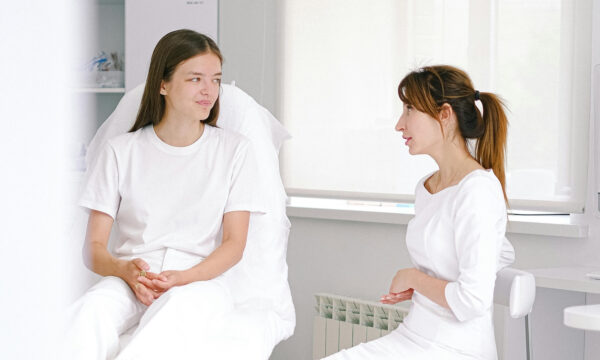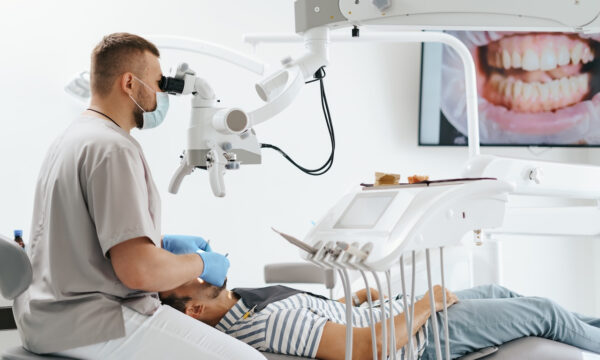Explore London through the National Cycling Network

Cycling is a great way to improve your health, get fit, and save money while commuting or exploring a city. Over the last several years, London has radically improved and expanded its cycle networks, including a number of routes that are suitable for cycling as well as walking. These routes take urban explorers around the entire city, taking riders through parks, tourist attractions, nature reserves, and cafes. While cycling through London traffic and busy roads, cycle safety is always important to remember, as being seen by other traffic is vitally important to ensuring your trip is incident-free.
National Cycling Network
The National Cycling Network in the UK is a group of cycle routes that provide safe, traffic-free pathways from one city, village, or town to another. These pathways were set up with the vision of improving conditions for walkers and cyclists, with grants being approved in 1995 to link up each pathway to the others, to create a cohesive network.
The network is making big impacts around the country, with many car trips being instead replaced by trips taken on the Network, leading to lower CO2 emissions, less congestion, and reduced noise pollution. The impacts are not just environmental, however: Sustrans UK notes that “over 85% of people who use the Network feel fitter as a result”, and more than “50% of people using the Network feel it helps them save money”.
The Network includes a number of art instalments that have been created specifically for the Network, such as pieces by Andy Goldsworthy and Tony Cragg, a sound-based art project in the Combe Down Tunnel, and a Sensory Journeys project in which pupils “used GPS units to “tag” important experiences on their journeys to school.” These instalments ensure that riders and walkers alike can enjoy the routes to the fullest extent.
Safety
Part of cycling safely is knowing how to follow the law on your bike, as well as taking physical safety precautions to cycle defensively and wear appropriate high-visibility clothing.
Cycling is generally safe, and the health benefits at a population level far outweigh the risks of incidents that could occur. The City of London Police notes that “cycling is predominantly a social skill – it’s about sharing space with other people. The hazards don’t come from the roads but from other people.” Taking this approach can help cyclists to recognise the dangers and take steps to reduce them.
When most accidents occur, it is because the driver has not seen the cyclist. Take steps to increase your visibility by:
- Wearing high-vis clothing
- Make eye contact with drivers who may potentially cross your path
- Take control of your position on the road to make yourself more visible. It’s better to be in the middle of the road and have a car driving behind you, than to cycle too close to the gutter and have a car not see you.
- Ride smoothly and assertively
- Be aware of car doors opening from parked cars, vehicles performing U-turns, delivery vehicles parked in cycle lanes, pedestrians, and taxis which may pull into the curb suddenly.
Research on these incidents found that most occur in leisure rides, as this is the most common type of cycling activity. Most cycling paths are relatively safe compared to minor and major roads, on which the majority of accidents happen.Taking simple steps to protect yourself while cycling can make a big difference in your enjoyment of the National Cycle Network, and you will be able to explore London safely and confidently. Being aware of cycling dangers and equipping yourself to deal with them, can help you to branch out and enjoy the benefits of cycling more often.
The editorial unit




















Facebook
Twitter
Instagram
YouTube
RSS